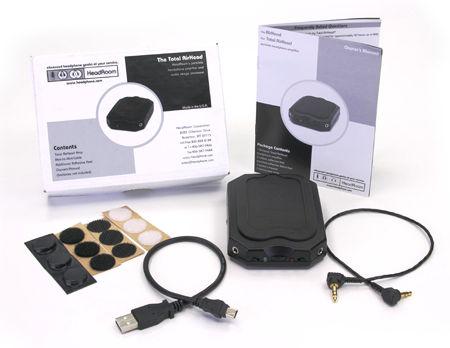| Columns Retired Columns & Blogs |
LATEST ADDITIONS
|
Dec 26, 2004 |
60 comments
It is often said that audiophiles enjoy a lonely hobby. Do you have a spouse who shares your audiophile tendencies?
Do you have a spouse who shares your audiophile tendencies?
Yes, he or she loves audio as much as I do
4% (6 votes)
Yes, but he or she is not as interested as I am
18% (30 votes)
Yes, but only slightly
24% (40 votes)
He or she is ambivalent
35% (59 votes)
No, he or she doesn't like my obsession
15% (25 votes)
No, he or she hates it
5% (8 votes)
Total votes: 168







